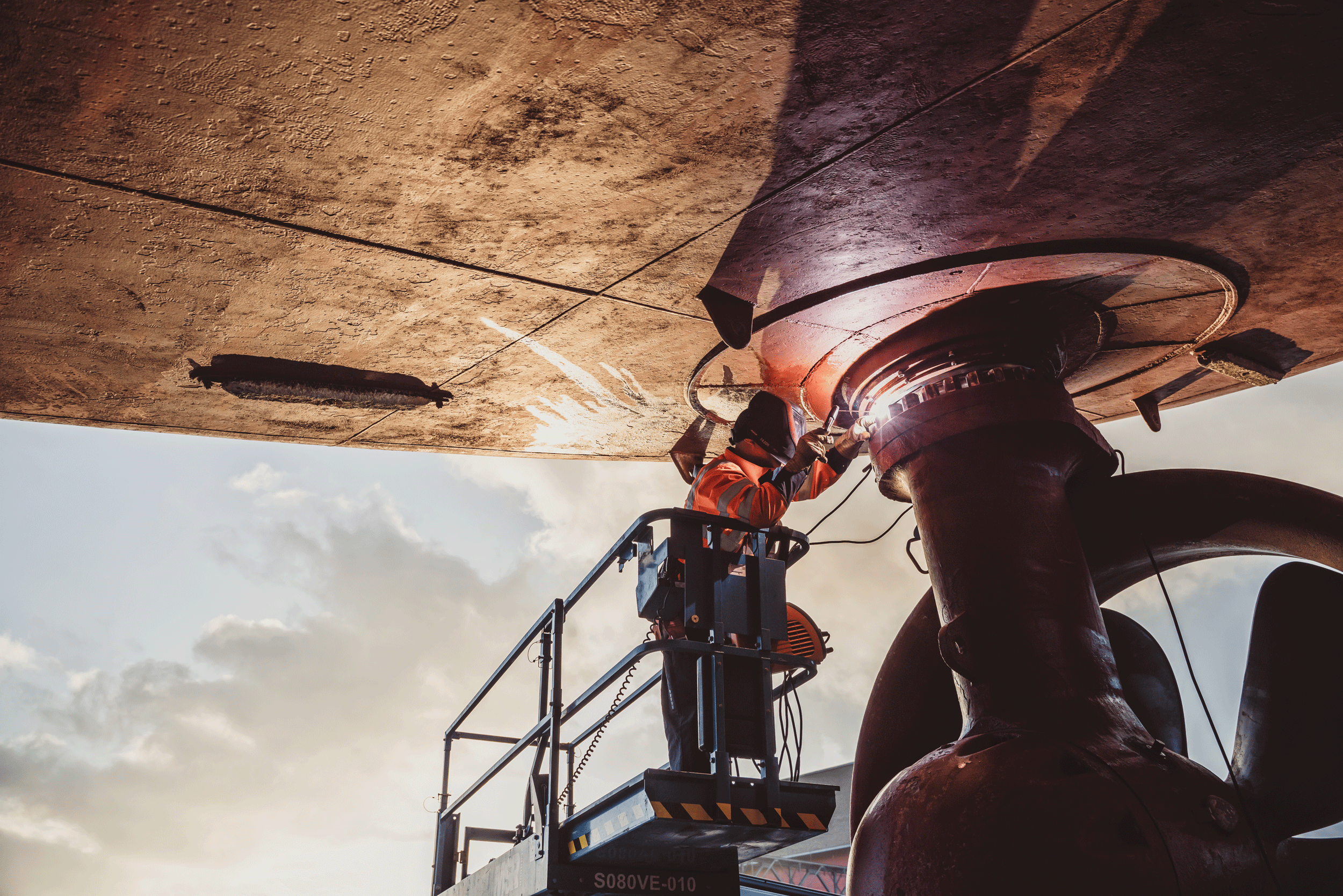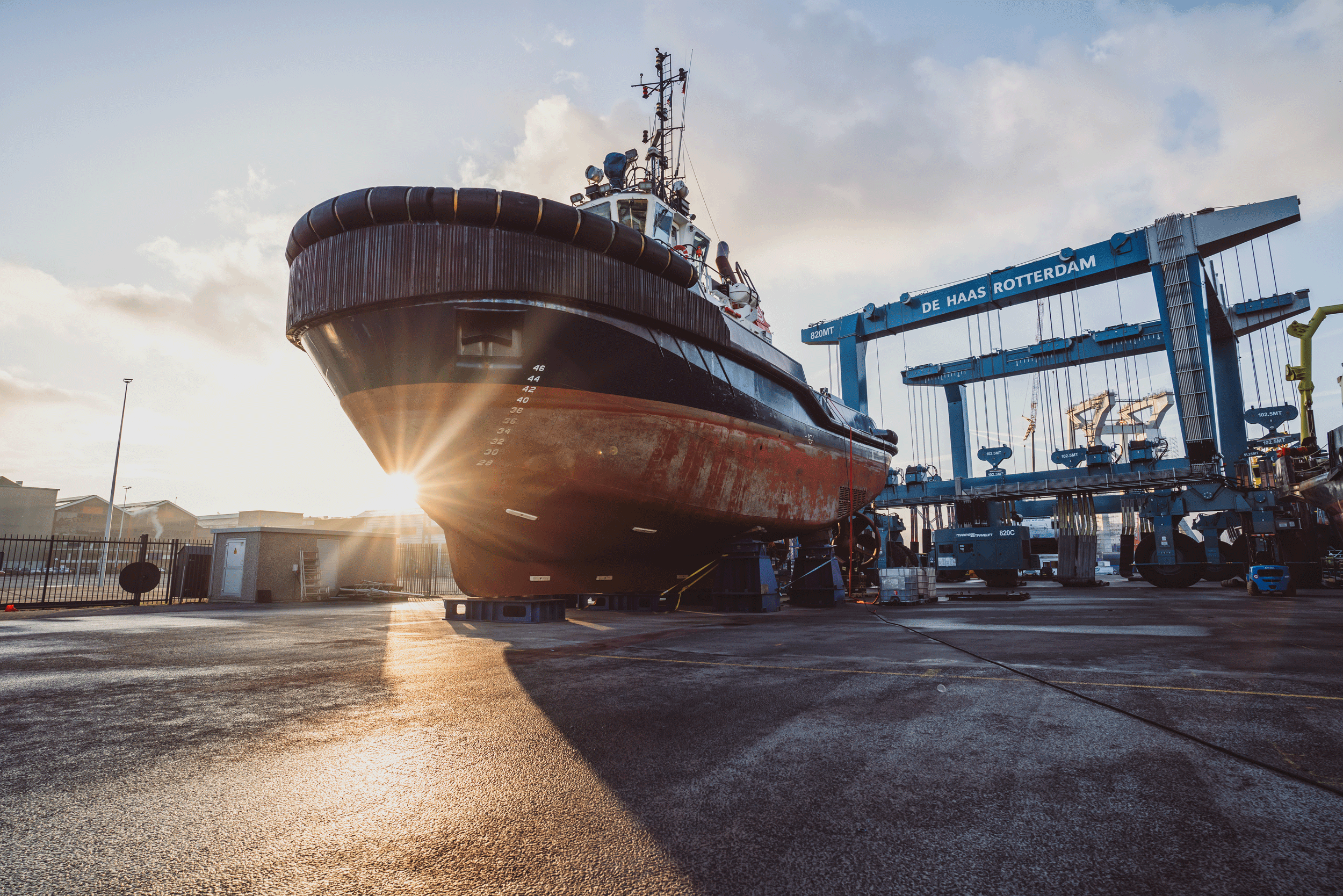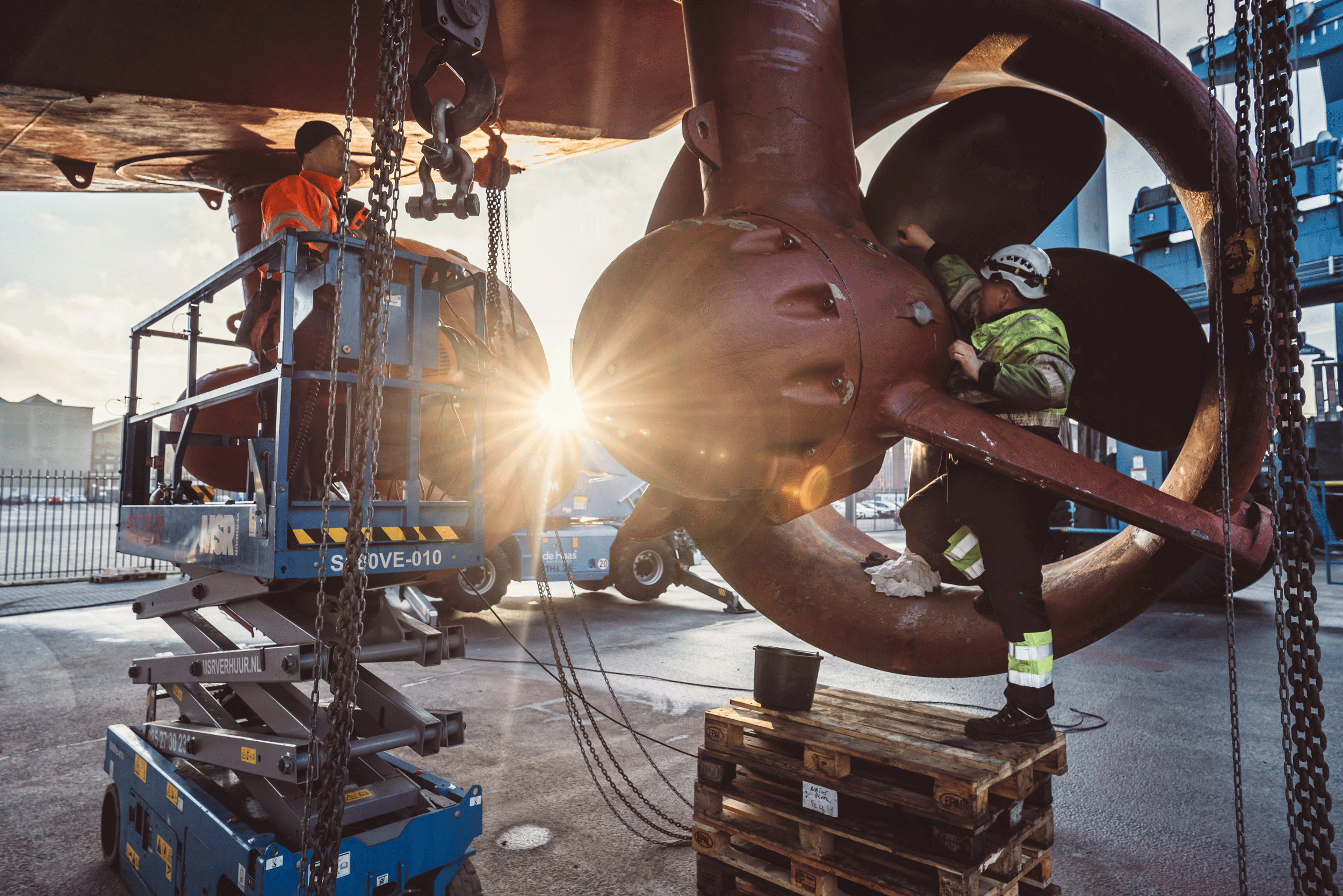Behind the scenes: the shipyard
Reading time: 5 minutes
In the ‘Behind the Scenes’ series, we do precisely that and take a look behind the scenes of the companies in the port of Rotterdam. We get a unique look at the daily activities and processes of the various companies in Europe’s largest port. This time, we stay on shore as we visit the shipyard.
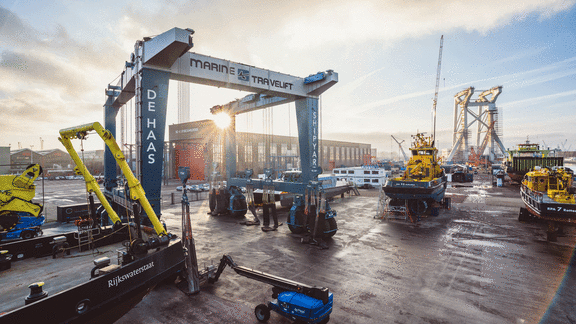
Shipbuilding is one thing the Dutch are great at doing. The shipbuilding industry blossomed in the seventeenth century, with the construction of large, seaworthy vessels. Keeping a vessel afloat is a very important task. Construction, maintenance, docking, drying, inspections, modernisation and classification: this is what shipyards do. Nowadays, the port of Rotterdam is home to a number of specialist shipyards. Watch the video below to get a sense of what goes on in a shipyard.
An impression of De Haas Shipyards
Thanks to De Haas Shipyards, we have had the opportunity to become better acquainted with the world of shipyards. We were given permission to watch the daily comings and goings at the shipyard and talked to Govert de Haas, the Director of De Haas Shipyards.
About De Haas Shipyards
Founded back in 1879, De Haas Shipyards is a family business that has been operating for nearly 150 years. De Haas originally concentrated on fishing vessels, but over the years the site expanded to cover other forms of shipping. They now have two well-equipped shipyards, in the port of Rotterdam and in Maassluis. The core values of craftsmanship, customer orientation and passion for the industry are the basis of their work. That came across throughout our discussion with Govert de Haas. As Govert explains:
“I have been working at our wonderful family business for more than 40 years now. I started at the bottom of the ladder, assisting people at the shipyard, as a holiday job. School wasn’t my thing. I preferred to get straight into work. After that, I worked my way through various divisions of the company. When the company went through a rough patch in the early 1980s, I had the opportunity to step up as a manager. I felt very much at home in the role. I learned a lot in a very short space of time, thanks to some excellent guidance from advisors that I had around me. Despite the difficult circumstances, it was also interesting as a young man of 20, to take a step beyond our history and do things differently from how we were use to.”
From a production company to a service provider
Fortunately, Govert was widely praised by shipping companies, vessel owners and suppliers who had been shocked to see such a change of course. When asked why the circumstances were so difficult, he explains: “Around 40 years ago, Dutch shipyards were still pretty conservative. Shipyards employed large numbers of people, designed their own vessels, ordered a package of iron and constructed a vessel from the keel up to the top of the mast. This became untenable when globalisation meant we had to compete with other countries, where business processes were much more standardised and vessels were produced much more efficiently. We took a different direction by changing from a production company to a service-providing company.”
Enrichment as a fleet manager
How did you approach the task? Govert: “We were accustomed to doing literally what the client asked for, and then nothing more. Now we want to really take the burden over for the client, as more of a fleet manager. We study the vessel so that we know exactly what maintenance is needed and when, in order to ensure the vessel has as little downtime as possible. We upgrade a vessel’s critical components in order to guarantee availability on the water. This is how we are able to keep vessels on the water for 20 years rather than just 10 years. Which also adds to a bit of sustainability.
Easy lifting with the Marine Travel Lift
Do you see yourselves as pioneers? Govert: “In a particular field, yes. We have two Marine Travel Lifts. This allows us to easily lift vessels out of the water without any fuss. And we have the option to put a vessel in the indoor shed, so we don’t have to be dependent on weather conditions, for example. It also means vessels don’t have to wait in the water because there’s already a vessel on the dock. We can make it a dry dock within 24 hours and that does make us unique.”
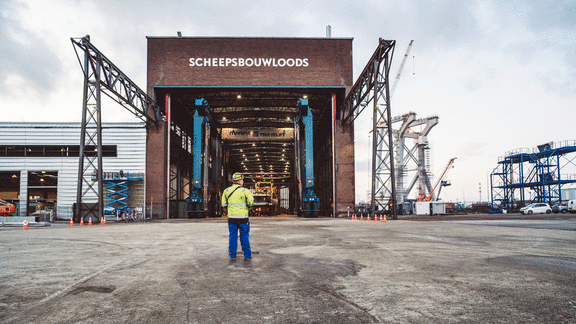
Real seafarers
When asked whether he is proud of his work, Govert gives a questioning look: “Proud? I think that first and foremost I feel grateful. Grateful for clients finding their way to us and allowing us to do this work, in both of our shipyards. And grateful for the team we work with. We really look at their skills. Those are more important than a piece of paper. I feel so much respect for our people both in the shipyard and on the water. Real seafaring people.
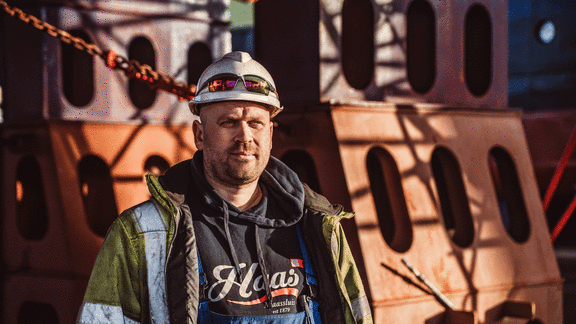
Purpose in life
We are naturally curious to know whether the next generation is already eager to get started. Govert beams: “Yes, there is a succession coming. I have three sons and I’ve always said they must feel the freedom to do what they want to do. They are each very different but they were keen to join the company. It is a really great industry we work in. You are surrounded by people who sail and see it as their purpose in life. They spend their whole week in a boat and then at the weekend they want most of all to spend their free time in another boat. It is great to be a part of the port of Rotterdam. On the water and on shore, everyone has a place of their own. The shipyards, the sheds, the boatmen, the tugboats, the Port of Rotterdam Authority, the nautical staff, all the engineers. Together, we keep it all operating. When I am driving through the port site to get to the shipyard, it is absolutely buzzing with dynamism. It’s fantastic to be one little part of that. And to have been doing that for multiple generations now. It must be in our blood after all…”.
